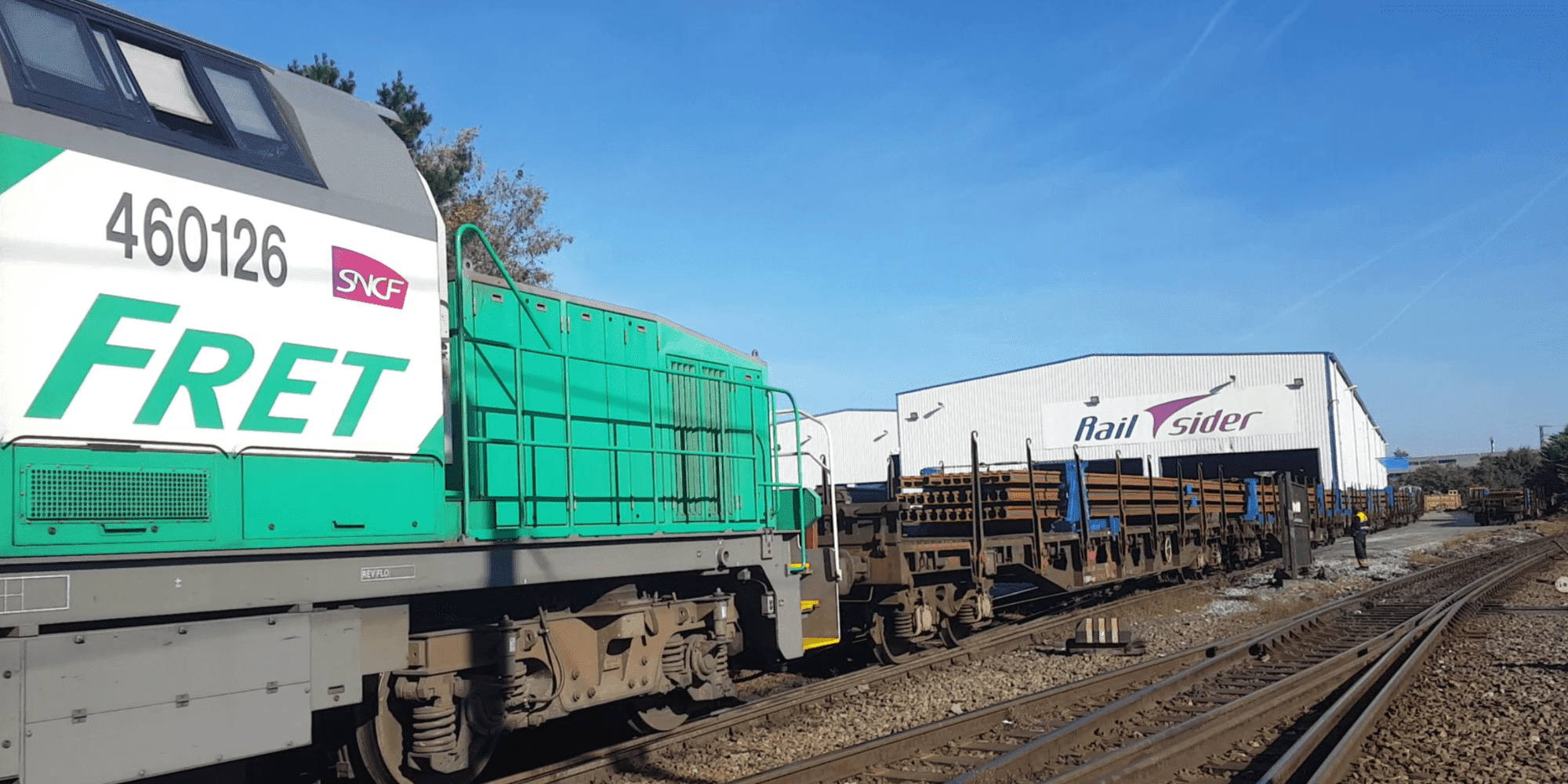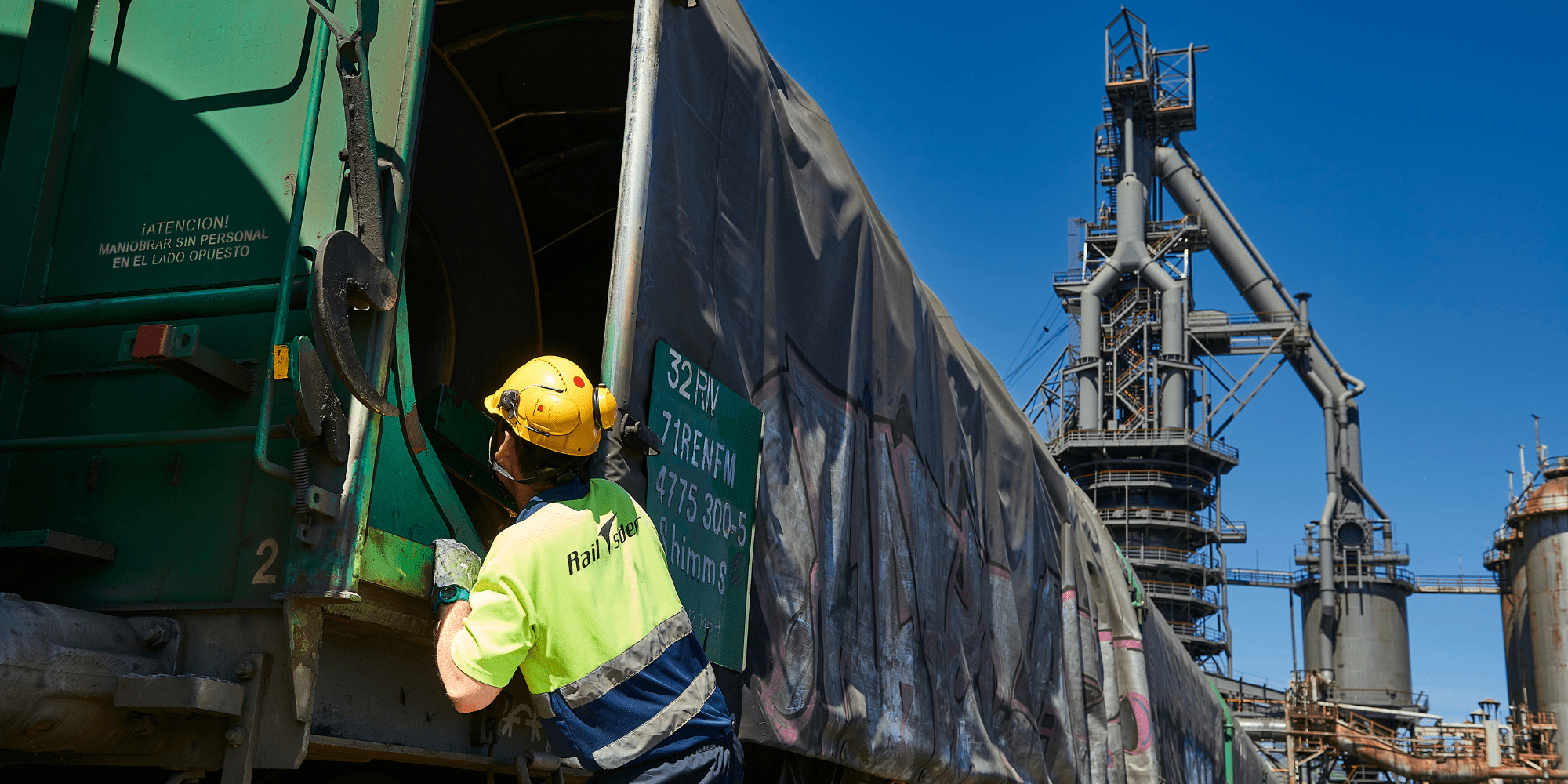Rail logistics has undoubtedly become a key pillar of international trade, playing a crucial role in the import and export of goods in European countries.
This mode of transport has undergone a major revival in recent decades, offering an efficient and sustainable alternative to traditional road transport routes, which in turn has made it a key element in the profitability of a number of European companies.

Efficiency and sustainability of rail transport: Pillars of Rail Logistics
One of the main advantages of rail logistics in European import and export markets is its efficiency, as trains can transport large volumes of goods over considerable distances in a relatively short time. In addition, Europe's highly developed rail network connects many countries, thereby making it easy to move goods seamlessly across borders.
Sustainability has also contributed to the popularity of rail logistics. As environmental concerns rise to the top of the political agendas of major European powers, rail transport is emerging as a more environmentally friendly option compared to other modes of freight transport, such as lorries and planes.
Trains generate fewer carbon emissions per tonne of goods transported, which aligns this mode of transport with the sustainability goals set by many European countries.
Interconnection of European Rail Networks
The European Union has played a crucial role in the integration and improvement of rail networks across Europe. The creation of the Trans-European Transport Network (TEN-T) has facilitated the connection of national rail networks, promoting a more integrated and efficient system. This has reduced transit times and optimised routes, significantly improving rail logistics in the region.
Today, despite the fact that Spain has a different track gauge to the rest of Europe, the current railway network has developed axle and wagon interchange systems, creating a number of facilities strategically positioned to carry out this type of operation.
However, although interoperability between national rail systems has been a challenge, the implementation of common standards has facilitated the smooth movement of trains across borders. Agreements and conventions between the countries have contributed to the elimination of technical and administrative barriers, allowing for a faster and more efficient flow of goods.
Economic Advantages of Rail Logistics for Companies and Countries
Rail logistics not only benefits companies, but also countries in economic terms. Efficient transport reduces the costs associated with moving goods, which improves the competitiveness of companies in international markets. In addition, rail transport is often more cost-effective than other modes of transport, which contributes to a more equitable distribution of costs across the supply chain.
Diversification of transport routes also minimises the risk of congestion on roads and in ports. The ability to divert freight traffic to the railways allows for greater flexibility at times of high demand or disruption to other forms of transport.

Future Challenges and Opportunities for Rail Logistics in Europe
Despite its many advantages, rail logistics in Europe faces challenges. Outdated infrastructure in some regions and the lack of direct connections to certain ports may slow the process down. However, continued investment in the modernisation of the rail network addresses these problems, opening up opportunities for a more efficient future.
The introduction of innovative technologies, such as satellite tracking and automation, also promises to further improve the efficiency of rail logistics. These innovations will increase visibility and control over operations, thereby reducing downtime and improving supply chain management
